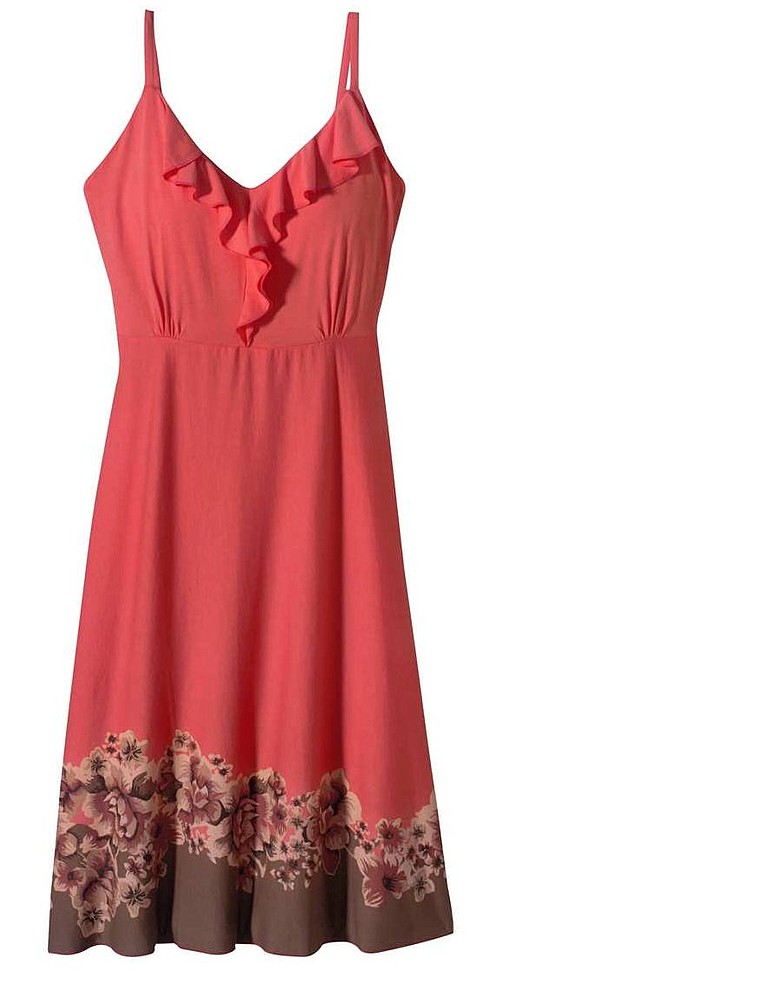A Naturally Advanced Technologies spokesman said that Crailar flax is produced with a naturally occurring proprietary enzyme that transforms the fibers from the flax plant stalk into a soft and strong textile ideally suited for knit garments, such as T-shirts and underwear, mostly in blends with cotton. The processing agents for Crailar flax meet the Global Organic Textile Standards, according to Chief Executive Kenneth Barker.
Bamboo, once the darling of eco-designers who prized its silky hand feel and drape, has largely been discredited as an alternative source. While bamboo is among the fastest-growing plants on the planet and grows without irrigation, processing its fiber into textiles requires heavy-duty chemical solvents such as sodium hydroxide and carbon disulfide that can harm human health and the environment. The use of bamboo has dropped dramatically. In 2008, 0.1 percent of U.S. garments incorporated bamboo, compared with 0.04 percent today.
On the other hand, hemp, an industrial, non-psychoactive plant that is part of the cannabis family, has been growing in popularity among clothing makers in recent years. Stella McCartney, Calvin Klein and a host of lesser-known labels now use the fiber, which, like bamboo and flax, requires far less water and fewer pesticides to grow than cotton. Hemp, however, is not legal to grow in the U.S., so most of the material used by American clothing designers is imported from China. As a result, just 0.003 percent of U.S. garments incorporate hemp.
Tencel, a textile made from the pulp of eucalyptus trees imported mostly from South Africa, is rising in popularity due its rayonlike feel and sustainable origins. Like bamboo and flax, eucalyptus requires fewer pesticides and far less acreage and water to grow than cotton. Most of the wood pulp is Forest Stewardship Council-certified, and Tencel’s use has doubled in the past three years, from 0.2 percent in 2008 to 0.4 percent today.



